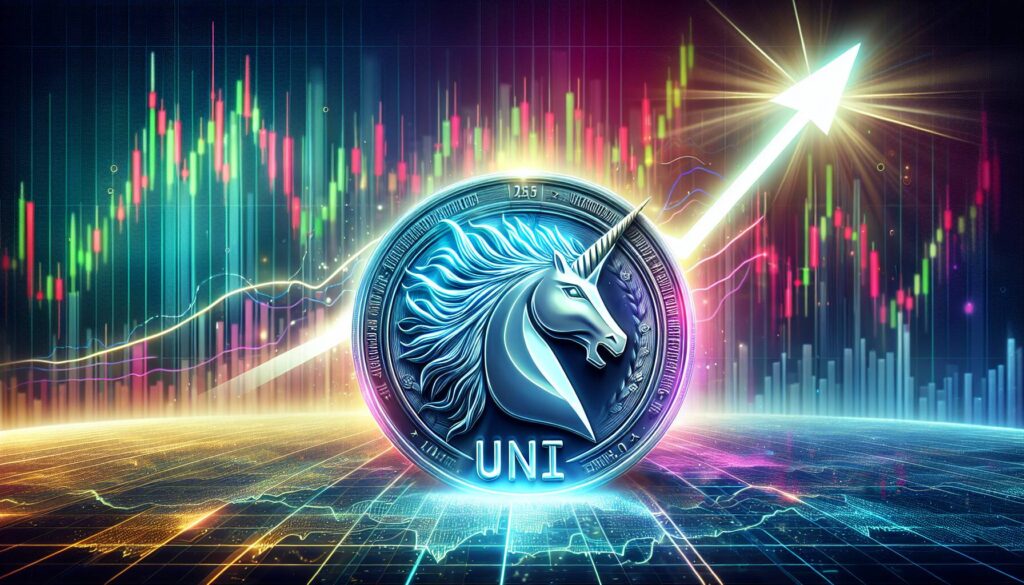The Ethereum ecosystem is at a crucial crossroads, having made significant strides in addressing scalability issues over the last few years. Thanks to the development of Layer-2 (L2) solutions and innovative technologies, Ethereum now boasts an impressive transaction capacity, skyrocketing from 15 transactions per second to the potential for thousands. Transaction fees have dropped from around to just a few cents, making the platform more accessible than ever.
However, this surge in performance has come with its own set of consequences, as fragmentation threatens to become a serious obstacle for users and developers alike. With over 50 separate L2 solutions and more emerging, navigating Ethereum has turned into a labyrinth of disconnected networks. This means that even simple tasks—like purchasing a token—can involve cumbersome processes, including switching networks and bridging assets, which inevitably leads to confusion and potential errors.
“The irony? Transactions may be faster and cheaper, but the overall user experience suffers immensely!”
Fragmentation isn’t just an inconvenience; it poses a significant risk to Ethereum’s future. Users are realizing that their capital can become trapped within isolated silos, negatively affecting liquidity and driving up costs for everyone involved. The complexity also stifles innovation among developers who are left grappling with the challenges of building across multiple platforms, all while trying to maintain efficiency in their applications.
In response to this pressing issue, Across, in collaboration with Uniswap Labs, has proposed ERC-7683—a groundbreaking standard designed to streamline multi-chain interactions. This new standard allows users to process crosschain transactions with the simplicity of a single request, effectively removing the barriers associated with managing multiple networks. With support from over 50 prominent protocols and the Ethereum Foundation’s working group, ERC-7683 aims to facilitate a seamless user experience.
By employing this new approach, Ethereum users can expect a “home base” interaction where they can execute transactions without the headache of understanding the underlying complexities of bridging and switching networks. This intent-based architecture ensures that while users focus on what they want to accomplish, a network of competitive solvers works behind the scenes to carry out their requests quickly and efficiently.
“Users don’t care about cross-chain complexities; they just want things to work. And ERC-7683 is here to make it happen.”
Looking forward to 2025, the vision is clear: a unified Ethereum ecosystem where users can view and manage all their assets effortlessly, free from the burdens of network fragmentation. As liquidity improves and governance becomes more inclusive, the road to mainstream adoption appears more attainable than ever. ERC-7683 is poised to change the landscape, integrating existing innovations into a cohesive framework that can support Ethereum’s evolving ambitions.
With substantial backing from major players within the community, the adoption of ERC-7683 is considered crucial for overcoming the fragmentation that could otherwise hinder Ethereum’s progression. The time is ripe for the community to embrace this standard, paving the way for a more efficient, powerful Ethereum by 2025.

The Future of Ethereum: Addressing Fragmentation Through ERC-7683
The Ethereum ecosystem is evolving rapidly, presenting both opportunities and challenges. Here are the key points that could impact users and developers in the Ethereum space:
- Scaling Advancements
- Increased processing speed from 15 transactions per second to thousands.
- Significant cost reduction for transactions, dropping from to mere cents.
- Fragmentation Challenges
- Over 50 Layer-2 (L2) solutions leading to a complex web of isolated chains.
- Users face difficulties managing multiple networks and navigating intricate processes.
- Transaction efficiency is undermined by the fractured user experience.
- The Cost of Fragmentation
- Capital trapped in silos reduces market efficiency and increases costs.
- DeFi protocols struggle to maintain liquidity across chains, leading to poor trading outcomes.
- Developers face barriers in innovation due to the complexity of managing multiple L2s.
- ERC-7683: A Unified Standard
- Proposed standard to streamline multi-step crosschain transactions into a single user request.
- Broad support from over 50 protocols, including key projects like Uniswap and Arbitrum.
- Allows users to perform actions without worrying about network switches or bridges.
- Vision for Ethereum in 2025
- Users will see all assets across chains in a single view, simplifying interaction with applications.
- Liquidity will flow seamlessly across the ecosystem, enhancing capital efficiency.
- Applications will be easier to develop, reaching users on all L2s with minimal effort.
- Addressing Barriers to Adoption
- Improved accessibility for DeFi and governance will boost user engagement.
- Strategic collaboration within the Ethereum community is essential for overcoming fragmentation.
- Adopting ERC-7683 is critical for realizing Ethereum’s potential as a unified ecosystem.
“Fragmentation cannot be allowed to hinder Ethereum’s progress. The time to act is now.”
Ethereum’s Future: The Promise and Perils of Consistency in a Fragmented Ecosystem
The Ethereum landscape is undergoing a transformative phase, punctuated by the advent of ERC-7683, a groundbreaking standard aimed at addressing fragmentation within its Layer-2 (L2) solutions. While the excitement around the potential for seamless user experiences and streamlined transactions is palpable, a closer look reveals both significant competitive advantages and some lurking disadvantages that could shape the future of Ethereum’s adoption.
One of the major competitive advantages of ERC-7683 lies in its ability to simplify cross-chain activities. By allowing users to execute complex transactions as a single request, it significantly reduces the hassle of navigating multiple L2s. This can potentially attract users who have been deterred by the cumbersome processes that are currently part and parcel of the Ethereum experience. The rise of user-centric features is vital, especially in a realm where user experience often dictates the level of engagement. Moreover, the backing from a wide array of protocols and the Ethereum Foundation’s L2 Interop working group adds credibility and bolsters confidence in its adoption.
However, the sheer magnitude of the fragmentation issue creates a double-edged sword for the ecosystem. While ERC-7683 aims to unify disparate chains, it also raises concerns about centralization. Will the reliance on a single standard inadvertently stifle the diversity of technological innovation that L2 solutions currently showcase? Developers may be torn between adopting the new standard or creating unique solutions tailored for their specific needs, potentially leading to slower innovation in the long run.
The implications of adopting ERC-7683 can vary significantly across user demographics and developer communities. For average users without a tech background, the simplicity brought by ERC-7683 could revolutionize their engagement with DeFi, lowering barriers to entry and likely increasing overall participation in the Ethereum ecosystem. Conversely, developers may face friction as they navigate the challenges of adopting new standards while managing existing systems. Early adopters could find themselves at an advantage, quickly appealing to a user base eager for an improved experience, whereas slower-moving projects might struggle to keep pace with the changes.
Furthermore, the liquidity ramifications of ERC-7683 can’t be understated. Enhanced liquidity channels could lead to more efficient markets, making it easier for users to execute trades without encountering the current constraints posed by fragmented silos. This could benefit liquidity providers and incentivize cross-chain participation, thereby boosting the overall health of the Ethereum economy. Alternatively, if not addressed properly, the focus on bridging could lead to concentrated liquidity pools that lack resilience against market volatilities, potentially creating problems for less techn-savvy users who rely on stable and reliable transactions.
In summary, the introduction of ERC-7683 stands as a potential game-changer for the Ethereum ecosystem, enabling a user experience that melds the simplicity of single-chain interactions with the vast capabilities of a multi-faceted network. However, the road ahead is fraught with challenges that need careful maneuvering to ensure that Ethereum retains its innovative edge while adopting a framework that truly works for all stakeholders involved.

















